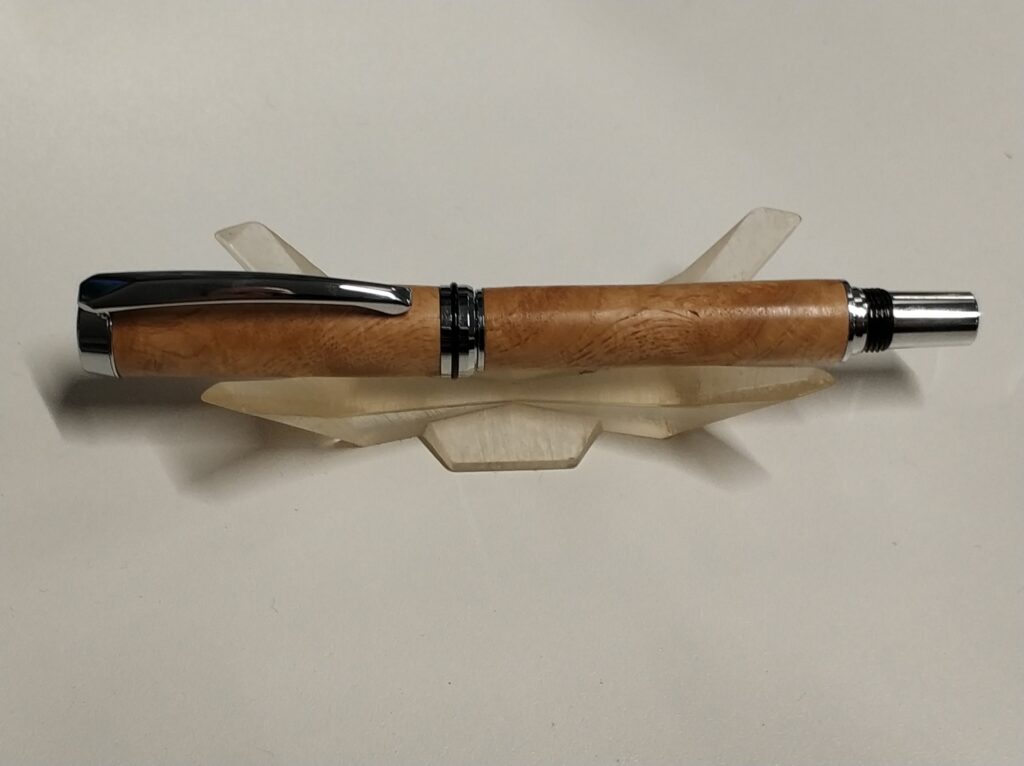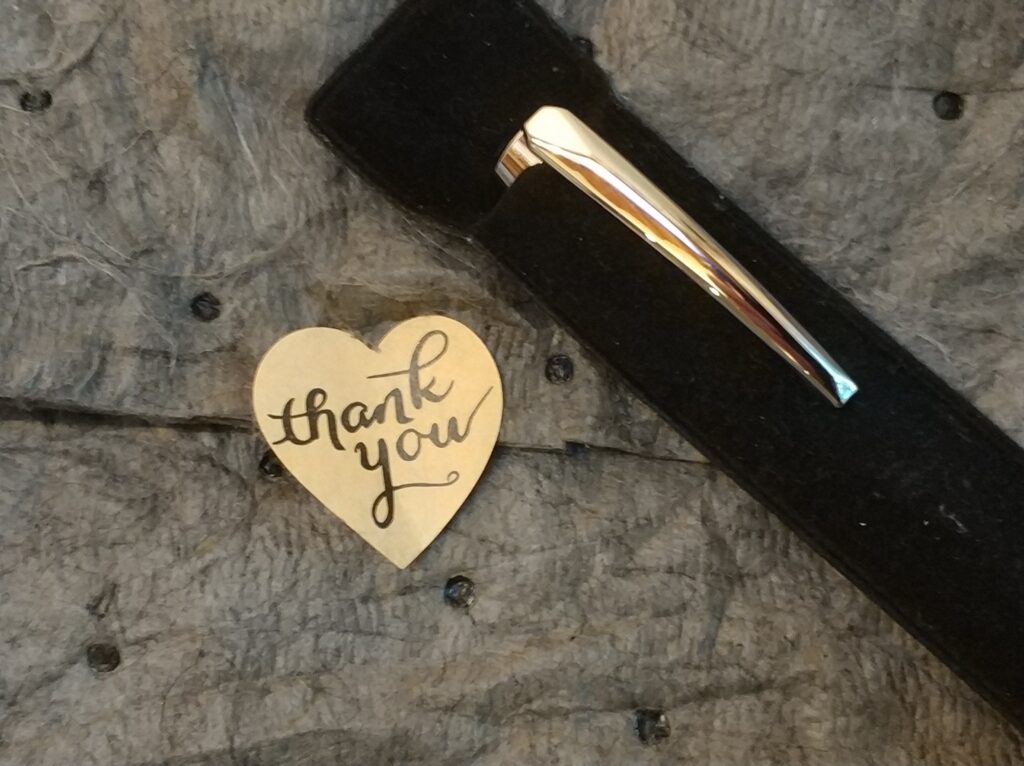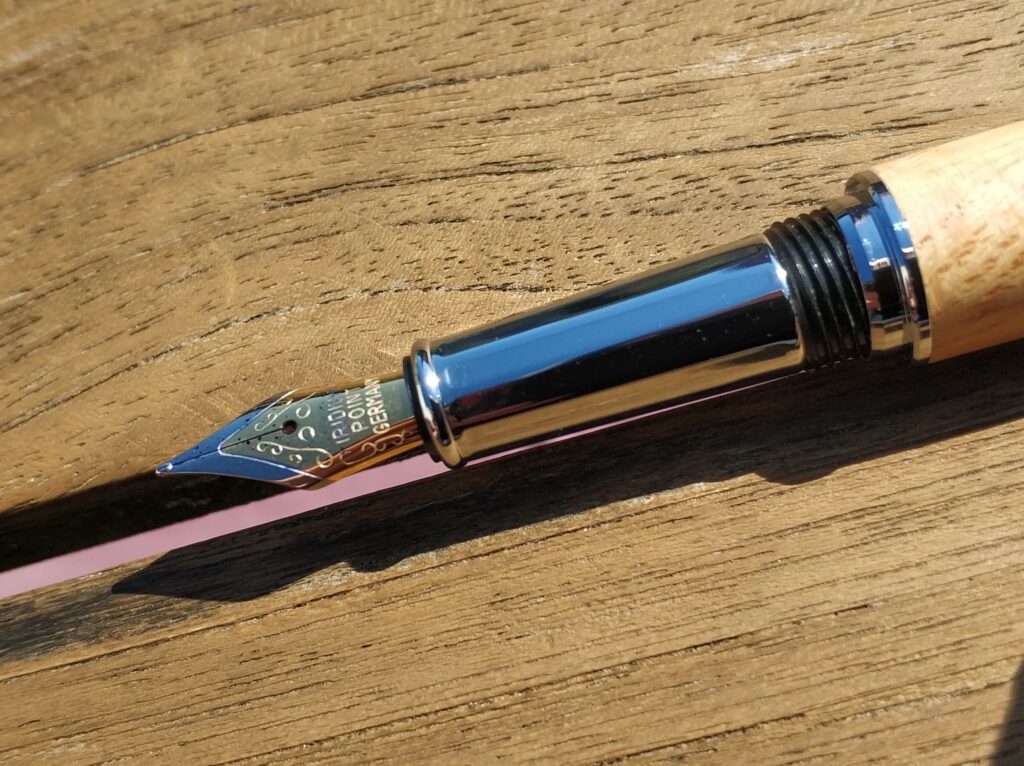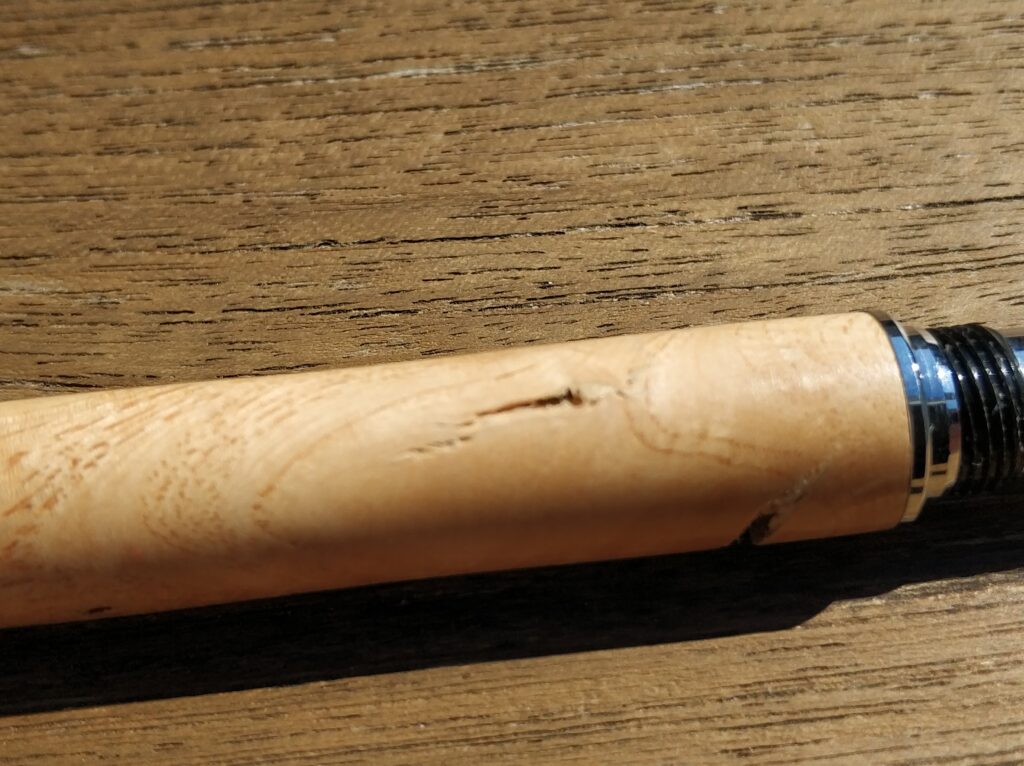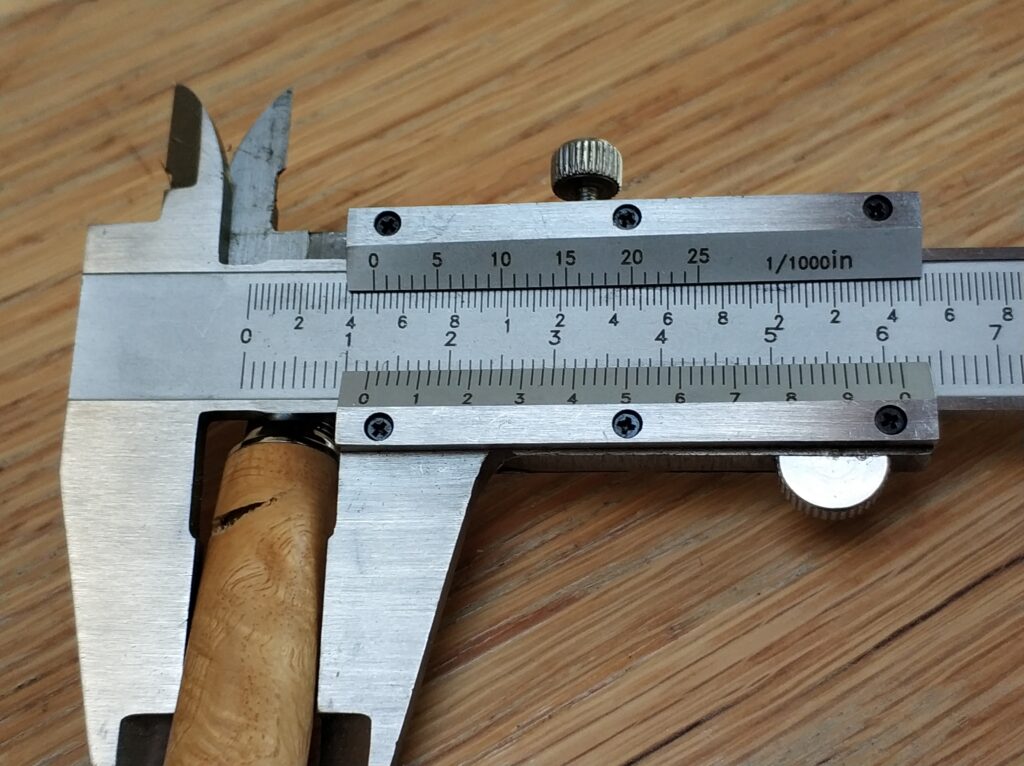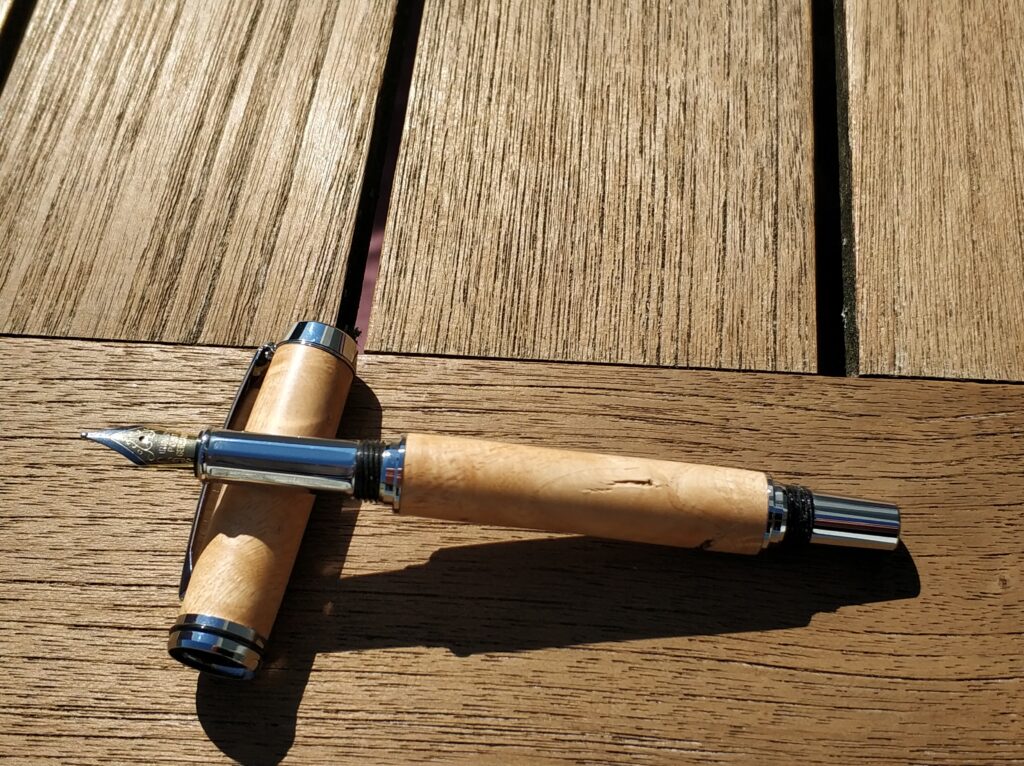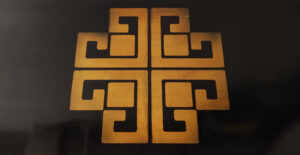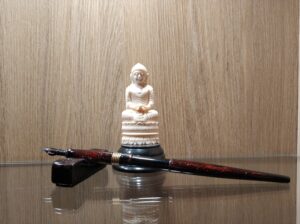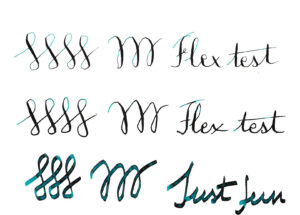The dust filled air started to clear up. Vague contours appeared as ghost images from a bygone era.
How could this have happened? Didn’t we have thought everything out well?
My thoughts were interrupted by the sudden tickle in my throat. That too, the fine dust had found its way through my improvised mask. Fortunately this was just a test. I would have been devastated if this had happened with the real powders. That would have been a disaster. Not only because we cannot understand all the effects of the substances we were going to use, but also because we only have enough to make just a few milligrams of Unidrag.
For years, the team has been committed on chasing all fables, myths and folk tales. We came across more dead ends and near-death experiences than we made real progress. But in the end we succeeded in collecting sufficient material to produce a minimal amount of Unidrag. All this time the world has laughed at us, but now we are on the eve of the breakthrough. Soon we will succeed in combining the dragon scale dust with unicorn horn powder to form Unidrag. Although we cannot yet grasp the powers of this new element, I am firmly convinced that this will mean the downfall of today’s society, dominated by the worship of fairy dust.
Dennis from ‘Wooden Gifts and more’ asked me make a review of one of his pens. I hear you think, who is Dennis? OK that’s fair. Dennis is a Belgian woodworker who is fascinated by wood and pens. Although he is only 20 years old, he runs his own atelier where he makes pens and other wooden objects.
Technical aspects:
- Length closed: 128 mm (5.03”)
- Length uncapped: 118 mm (4.64”)
- Diameter of the barrel: 12,3 mm (0.48”)
- Diameter of the section: 7,9 – 8,8 mm (0.31-0.34”)
- Weight: 33/19 g (1.16/0.67 ounce – capped / uncapped)
- Filling system: international standard cartridge or converter (included)
- Barrel: stainless steel inner barrel and wood overlay (ash burl)
- Nip and feed: kit-material made in Taiwan
When opening the package that Dennis send me, the first thing I saw was a fabric kind of wrapping with a little ‘thank you’ heart to close it. This looks like a small detail, but we all know that those are the most important. Getting a ‘thank you’ just for wanting to test a pen gives a warming feeling and bonus points of course.
The pen itself came in a rather simple pouch, so the additional wrapping with the fabric was a good idea as additional protection for shipment.
As already mentioned in the technical data, the pen is made with a kit set. Like so many other fountain pen users I’m no big fan of kit pens.
Why? For starters, I find them too small for my hands. Then there is the quality that is often poor, especially the quality of the nib and the feed. Last but not least, I got often the feeling that the pen maker went for the easy way out, not fully using his/her potential in turning crafts(wo)manship and creativity.
But was I right? Is a kit pen always bad?
I learned from Dennis that he tested several kits and he also found most of them not reliable enough to work with. Finally he found a Australian distributer who sells high quality Taiwanese kits. And I must agree that the pen that I got was working great. No issues with the nib nor with the feed. No dry starts, no scratching, no too poor or too heavy flow of ink. I presume the ‘Iridium Point Germany’-nib was also made in Taiwan, but one never knows with this kind of nib . I’m rather certain that the only link with Germany is that it passed over that country in a cargoflight form Australia to Belgium.
The kit model that Dennis uses is rather special. There is a thread at the end of the barrel for posting the cap of the pen. I like that because it gives a better balance and also it is easier for me to use a larger pen. The back of the barrel also could be screwed off to manipulate your converter, something a rarely do.
I like to see the ink level in my converter when turning its mechanism. Last feature is the section. It is not round but is faceted to give you better grip and comfort.
What about turning skills and creativity?
Dennis tries to make a rather sustainable pen. So the wood he uses is from trees that died a natural way or needed to be chopped down due to illness. Besides wood he also uses locally recycled plastic for his Waste Pen series.
The wood is only dried before turning starts. This means the wood isn’t stabilised with some sort of epoxy. This makes it more difficult to turn the wood to a cylinder of a few mm thickness. As Dennis dares to use rather irregular parts of the wood it really shows his capabilities in wood turning.
The pen I got was just stunning craftmanship when it comes to turning. The piece he used wasn’t running all the way through, so you get some ‘windows’ that let see how thin the barrel is. Every pen maker knows that changes are high that in such case the wood will break or chatter during turning or other manipulation.
Last but not least is the pricing. For this model you pay about €40, what is a real fair price.
I’ve seen many others in Europe that sell a similar wooden kit pen for €60 or more.
Overall conclusion
This pen by Wooden Gifts and More seems to be a descent pen Its feels and looks like a good first or second upgrade pen if you like the wooden finish.
Although I can clearly see the talent and potential, I rather love stabilised wood. I like the barrel to be smooth like precious resin or well-polished sterling silver. This kind of feeling never can be achieved with not stabilised wood.
Disclaimer: I’ve not had the chance to write months or years with this pen so I can’t say anything about the durability and effects of wear and tear on metal or wooden parts.
